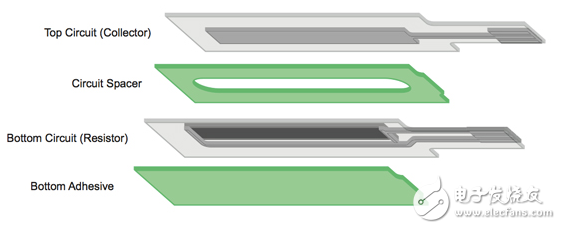
资料下载

用线控驾驶的感觉
用线控驾驶的感觉
当你进入汽车时,你知道该期待什么。将有一个方向盘,你可以改变车辆的方向,一个齿轮杆设置齿轮,和两个或三个踏板在地板上,你按加速和制动的汽车,并在模型与手动变速器,脱开离合器,以便您可以改变齿轮。停车制动器通常位于前排座椅之间的地板上,有助于确保车辆静止。它不必是这样:一些最早的汽车有加速器踏板,你侧身移动,这使许多有意义的颠簸的道路上的时间。那么,为什么大多数汽车的设计模式已经持续了一百年或更长时间呢?
一个显而易见的解释是互操作性。作为汽车控制布局的标准模式出现,已经熟悉这一模式的客户在下一辆车上坚持使用它。第二个原因更为微妙。标准控制布局的许多元素出现是因为它们是使机械连接变为关键机构的物理力所必需的最简单的机械连接方式。想一个齿轮齿条式转向系统,使驾驶员手摇汽车进入右前轮位置,或物理节流机构连接油门踏板的蝶阀化油器。

As automobiles have become more complex and demands for comfort and safety have increased, the driver’s role in directly controlling the underlying workings of a vehicle have become increasingly mediated by other mechanisms. Human muscle power has been amplified by hydraulic systems to ease steering and braking; engines have become closely managed for greater efficiency and lower emissions by complex electronic systems; and even the driver’s driving intent, expressed as the angle of the steering wheel and the set of the accelerator, have been mediated by vehicle stability control and similar systems that stop the driver pushing the vehicle beyond its dynamic limits. You may think you are in the driver’s seat, but, in fact, you are in a partnership with complex systems that express a set of decisions made by automobile engineers in R&D labs miles away and years ago.
声明:本文内容及配图由入驻作者撰写或者入驻合作网站授权转载。文章观点仅代表作者本人,不代表电子发烧友网立场。文章及其配图仅供工程师学习之用,如有内容侵权或者其他违规问题,请联系本站处理。 举报投诉
- 相关下载
- 相关文章







